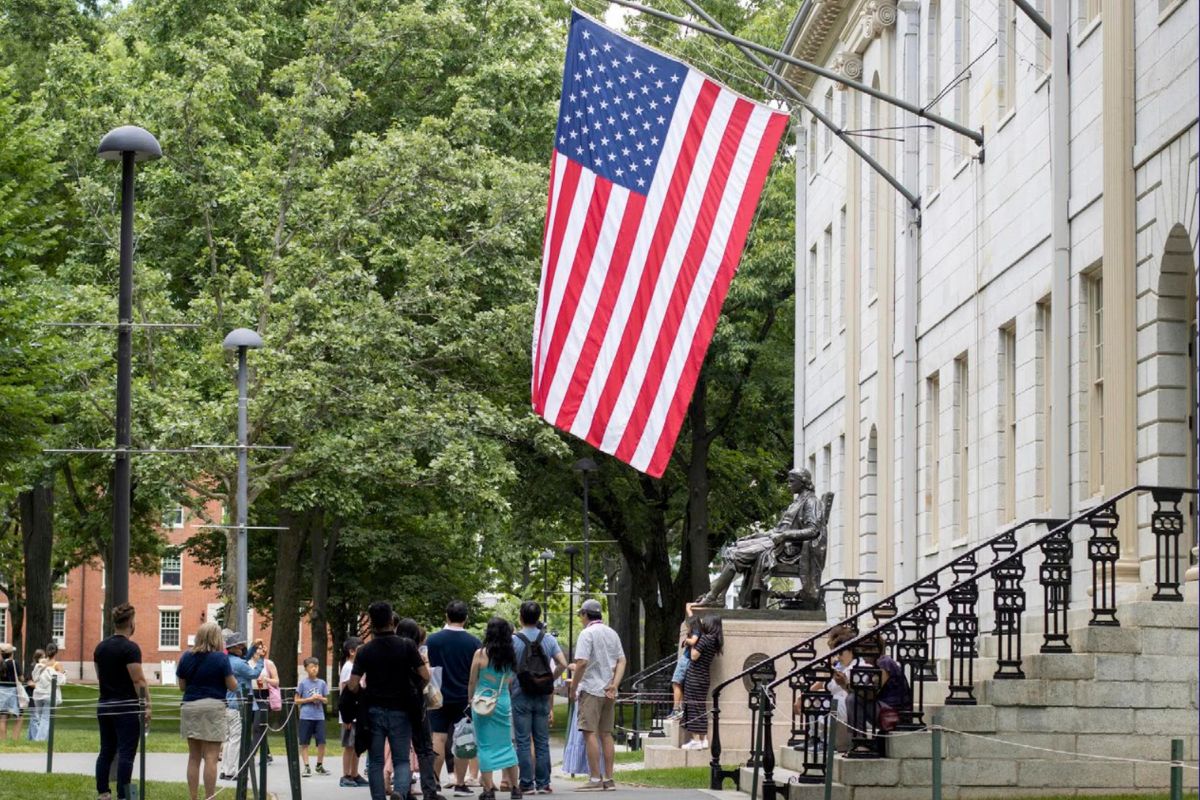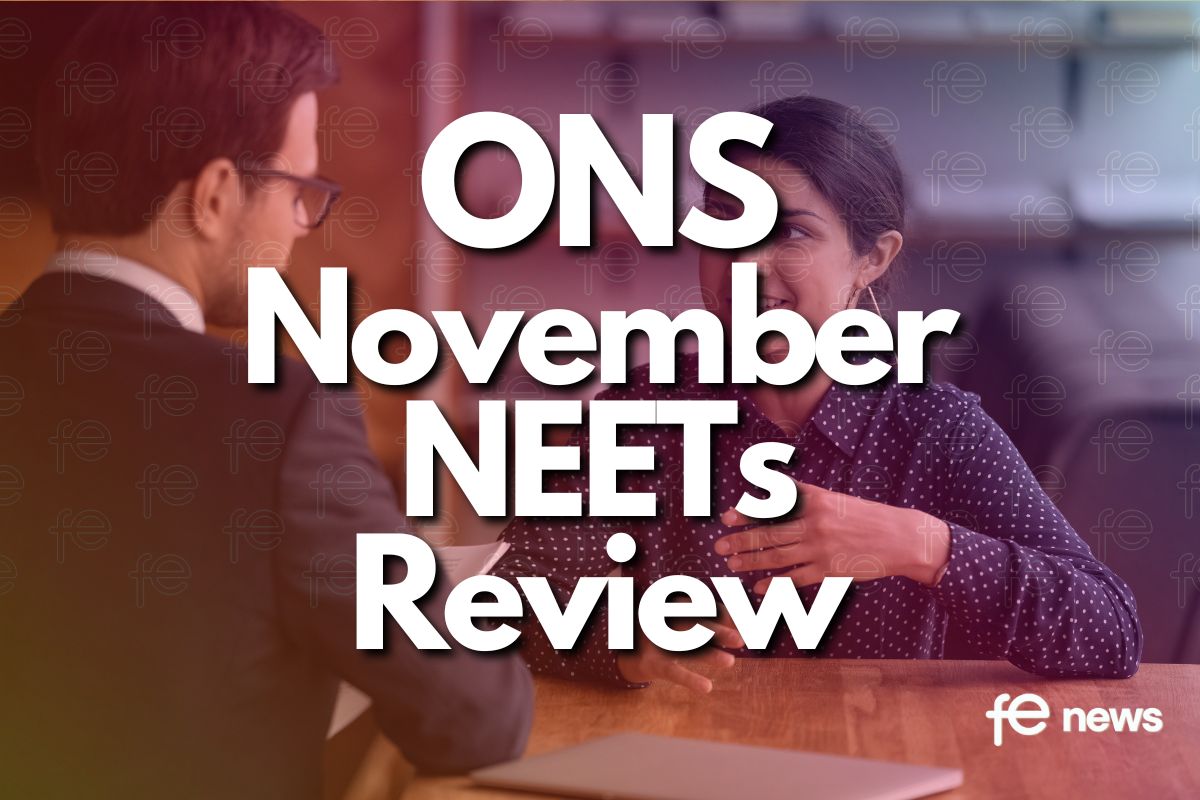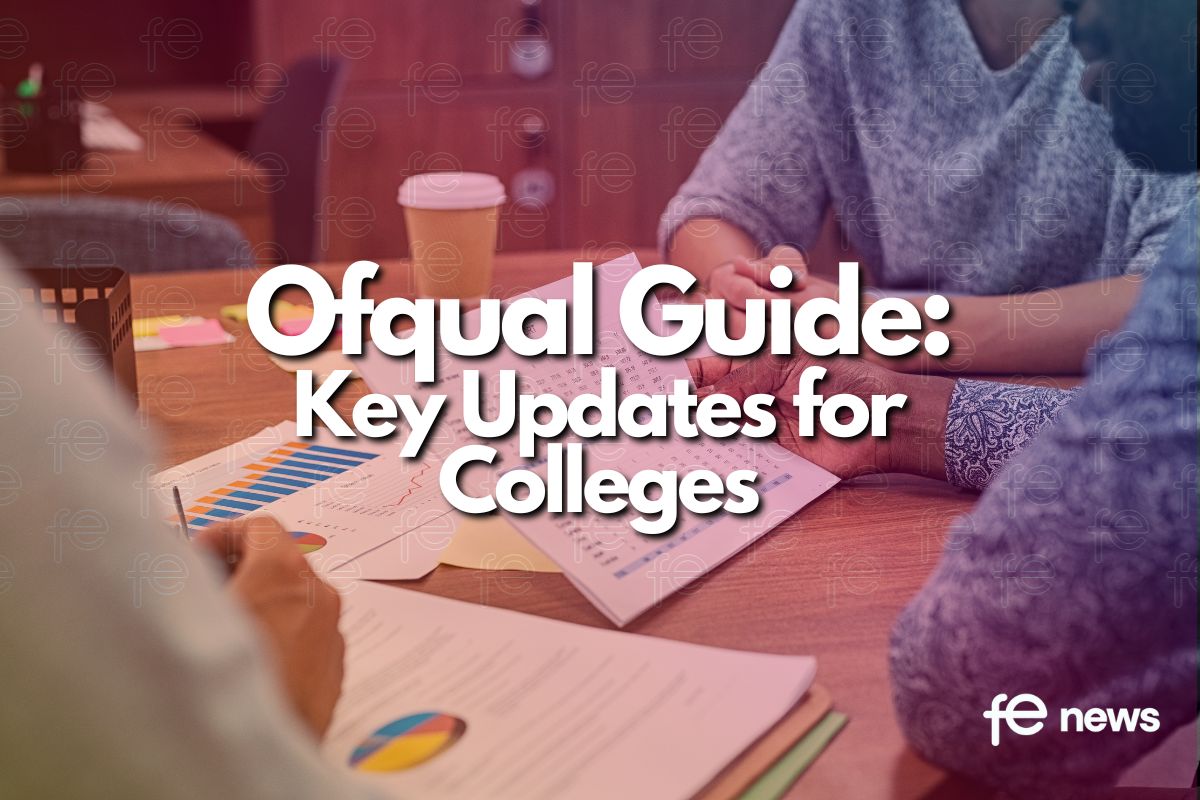What can the UK learn from the US when it comes to Higher Ed?

New report on US higher education shows tuition income has been falling while funding from the 50 US states has been rising.
There has been a sharp decline in the popularity of two-year courses in the US while four-year courses have continued to grow in popularity.
The costs of studying vary markedly according to the institution, a student’s living arrangements and whether they are studying in their own state or another state.
On Independence Day in the United States (US), the Higher Education Policy Institute is publishing An overview of US higher education (HEPI Report 175) by Nicholas W. Hillman, a Professor at the University of Wisconsin-Madison’s School of Education. The paper has been kindly sponsored by Richmond American University London.
The Paper Discusses:
- The relationship between state funding and income from fees: In 2022, the 50 US states provided over $120 billion to public institutions of higher education for staff costs and operating expenses. Institutions also received $75 billion in tuition revenue. The relationship between what states pay and what students pay constantly changes but, in recent years, states have reinvested in public higher education while tuition revenue has declined. (See Figure 1 in the report.)
- The role of the federal government in Washington: The federal government provides over $100 billion a year in financial aid programmes and tax credits, but these totals have been falling for a decade because enrolments have been declining. (See Figure 2.) Under the gainful employment rule, any institution with many students who fail to be gainfully employed after graduation can be made ineligible for federal aid. While President Trump rescinded the gainful employment rules, the Biden Administration brought them back, showing the federal role in regulating higher education is dependent on the President.
- Four-year courses are up while two-year courses are in sharp decline: The US institutions in the non-profit and public four-year sectors have steadily grown while there has been a sharp decline in the public two-year community college sector, which is now at lower enrolment levels than in the 1980s. The for-profit sector has followed a boom-and-bust cycle, where enrolments rapidly surged in the 2000s only to fall back in the 2010s. (See Figure 5.)
- Student costs: In 2022/23, average annual tuition and fees for all institutions of higher education was $14,688 (around £11,600). In addition to charging tuition, students must cover their living costs, which averaged $12,985 (£10,275), meaning the total cost of attendance (known as COA) sums to $27,673 (£21,898). While this is slightly higher than the maximum annual tuition fee plus maximum annual maintenance loan for a full-time undergraduate in England (£9,250 / £9,978, totalling £19,228), these now fall short of the true costs for institutions and students. Meanwhile, few students pay the US totals in full – this is because of financial aid programmes, because public institutions charge lower tuition than private institutions and because two-year institutions charge less than four-year institutions. The costs faced by students in the US also depend on whether they live in student housing or commute and on whether they attend a public institution in their home state or go out-of-state. So US study costs can often work out to be lower than in England.
The paper additionally covers other areas, such as the repayment terms for federal student loans and the terms and conditions of higher education staff.
Nick Hillman, the Director of HEPI, said:
“This fascinating paper lays to rest the idea that the UK higher education system has been wholly Americanised in recent years. While both the UK and the US benefit from multiple world-class universities, the differences remain greater than the similarities.
“Among the many misconceptions squashed in the paper are the idea that tuition fee income has been increasing at US universities, the idea that two-year degrees are particularly popular in the US and the sense that it costs much more to study in the US than in the UK.
“After the general election, those in power in the UK are likely to want to review higher education in the round. Knowing what works in other countries, as well as what to avoid, will be vitally important as this process happens.”
The author of the new paper, Professor Nicholas W. Hillman, said:
“This report puts context behind many of the major higher education policy debates taking place in the US today. Despite many differences, the US offers valuable policy lessons other countries may find useful.”
Professor Phil Deans, President and Vice Chancellor of Richmond American University London and Vice President of the Association of American International College and Universities, said:
“The diversity and variety of providers and provision in US higher education is one of its core strengths, while the complexity and inefficiencies of its funding is perhaps its greatest challenge.
“There are vital lessons for educators, policymakers, and regulators in understanding how the US system works, and how it doesn’t.”











Responses